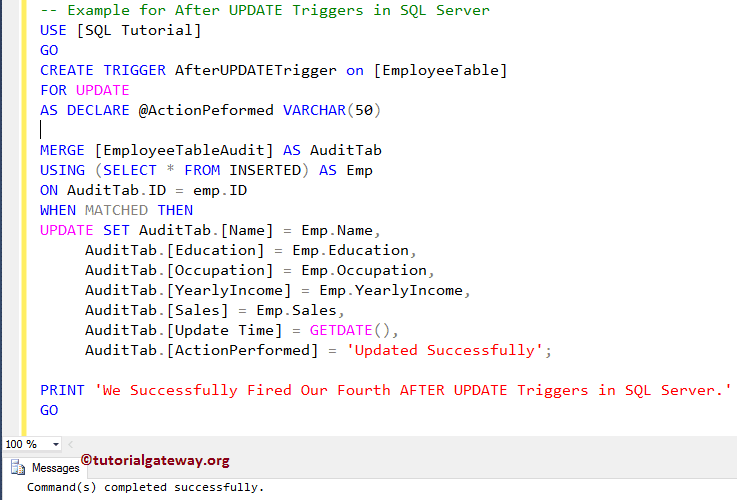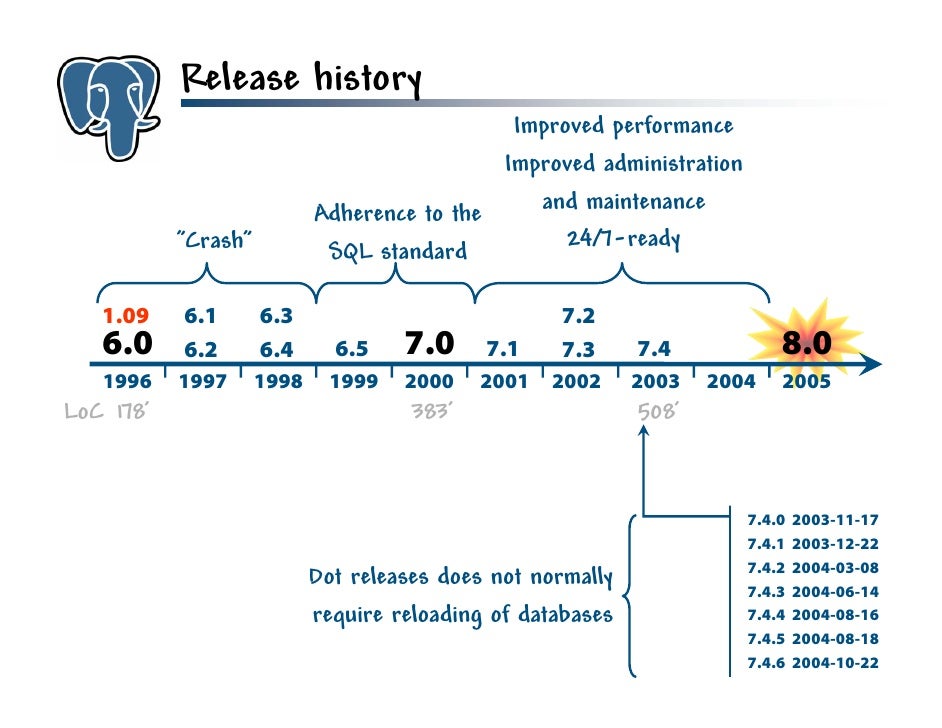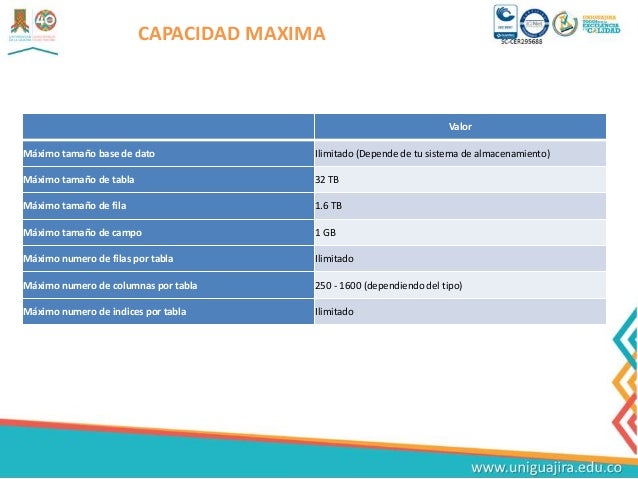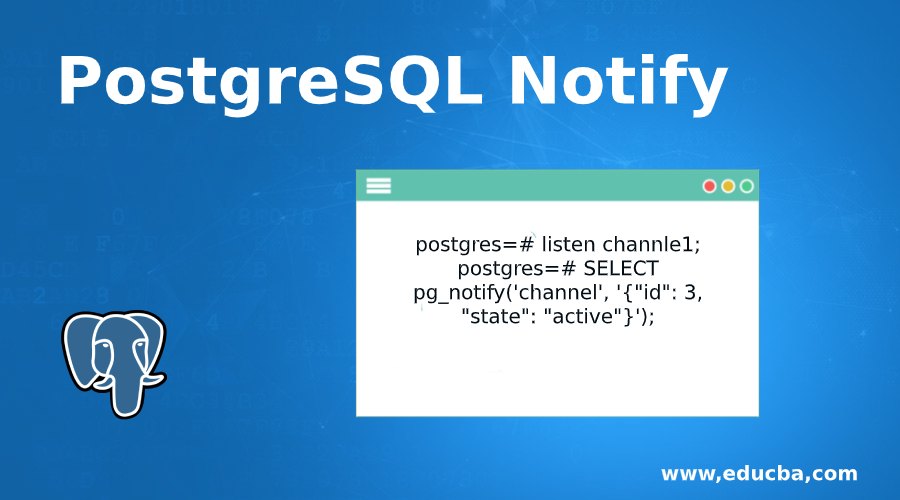

Update postgresql example update#
The OLD.last_name returns the last name before the update and the NEW.last_name returns the new last name. The OLD represents the row before update while the NEW represents the new row that will be updated. The function inserts the old last name into the employee_audits table including employee id, last name, and the time of change if the last name of an employee changes. Suppose that when the name of an employee changes, you want to log the changes in a separate table called employee_audits : CREATE TABLE employee_audits (įirst, create a new function called log_last_name_changes: CREATE OR REPLACE FUNCTION log_last_name_changes()īEGIN IF NEW.last_name OLD.last_name THEN INSERT INTO employee_audits(employee_id,last_name,changed_on)
Update postgresql example code#
) Code language: SQL (Structured Query Language) ( sql )

The following statement create a new table called employees: DROP TABLE IF EXISTS employees On the other hand, a statement-level trigger will be fired for one time regardless of how many rows are deleted.įinally, specify the name of the trigger function after the EXECUTE PROCEDURE keywords. If the DELETE statement deletes 100 rows, the row-level trigger will fire 100 times, once for each deleted row. Suppose a table has 100 rows and two triggers that will be fired when a DELETE event occurs. Statement-level trigger that is specified by the FOR EACH STATEMENT clause.Ī row-level trigger is fired for each row while a statement-level trigger is fired for each transaction.

Row-level trigger that is specified by the FOR EACH ROW clause.The event can be INSERT, DELETE, UPDATE or TRUNCATE.įourth, specify the name of the table associated with the trigger after the ON keyword.įifth, specify the type of triggers which can be:

Third, specify the event that invokes the trigger. It can be BEFORE or AFTER an event occurs. Second, specify the timing that cause the trigger to fire. The following illustrates the basic syntax of the CREATE TRIGGER statement: CREATE TRIGGER trigger_nameĮXECUTE PROCEDURE trigger_function Code language: SQL (Structured Query Language) ( sql )įirst, specify the name of the trigger after the TRIGGER keywords. The CREATE TRIGGER statement creates a new trigger. Introduction to PostgreSQL CREATE TRIGGER statement Once you define a trigger function, you can bind it to one or more trigger events such as INSERT, UPDATE, and DELETE. PostgreSQL also provides other local variables preceded by TG_ such as TG_WHEN, and TG_TABLE_NAME. In this tutorial, we will use PL/pgSQL.Ī trigger function receives data about its calling environment through a special structure called TriggerData which contains a set of local variables.įor example, OLD and NEW represent the states of the row in the table before or after the triggering event. Notice that you can create a trigger function using any languages supported by PostgreSQL. $$ Code language: SQL (Structured Query Language) ( sql ) The following illustrates the syntax of creating trigger function: CREATE FUNCTION trigger_function() However, a trigger function does not take any arguments and has a return value with the type trigger. Create trigger function syntaxĪ trigger function is similar to a regular user-defined function. If you are not familiar with creating a user-defined function, you can check out the PL/pgSQL section. Second, bind the trigger function to a table by using CREATE TRIGGER statement.First, create a trigger function using CREATE FUNCTION statement.To create a new trigger in PostgreSQL, you follow these steps:
Update postgresql example how to#
Summary: in this tutorial, you will learn how to use the PostgreSQL CREATE TRIGGER statement to create a trigger.


 0 kommentar(er)
0 kommentar(er)
